Use this nursing care plan and management guide to help care for patients with acute glomerulonephritis. Learn about the nursing assessment, nursing interventions, goals and nursing diagnosis for glomerulonephritis in this guide.
What is Acute Glomerulonephritis?
Acute glomerulonephritis (AGN) is an alteration in renal function caused by glomerular injury, which is characterized by the classic symptoms of gross hematuria, mild proteinuria, edema (usually periorbital), hypertension, and oliguria. AGN is also categorized as either: a primary disease, related to group A, beta-hemolytic streptococcal infection; or a secondary disease, associated with autoimmune diseases such as systemic lupus erythematosus, hemolytic uremic syndrome, sickle cell disease, and Henoch’s chorea purpura.
Primary disease, the most common type of AGN is described as an immune-complex disease (or an antigen-antibody complex developed during the streptococcal infection which becomes entrapped in the glomerular membrane, causing inflammation for 8 to 14 days after the onset of this infection).
AGN is primarily observed in the early school-age child, with a peak age of onset of 6 to 7 years. The onset of the classic symptoms of AGN is usually abrupt, self-limiting (unpredictable), and prolonged hematuria and proteinuria may occur. AGN results in decreased glomerular filtration rate causing retention of water and sodium (edema); expanded plasma and interstitial fluid volumes that lead to circulatory congestion and edema (hypervolemia); hypertension (cause is unexplained; plasma renin activity is low during the acute phase, hypervolemia is suspected to be the case).
Nursing Care Plans and Management
Nursing care planning goals for the child with acute glomerulonephritis are directed toward the excretion of excess fluid through urination, participation in activity within tolerance, preventing infection, and absence of complication
Nursing Problem Priorities
The following are the nursing priorities for patients with acute glomerulonephritis (AGN):
- Fluid and electrolyte balance management
- Blood pressure control
- Assessment and monitoring of renal function
- Reduction of renal inflammation and injury
- Prevention of infection
- Symptom management (e.g., pain, edema)
- Patient education and self-care promotion
Nursing Assessment
Assess for the following subjective and objective data:
- Azotemia
- Altered electrolytes
- Crackles and pleural effusion
- Decreased urinary output
- Dependent edema
- Moderate blood pressure increases
- Intake greater than output
- Periorbital edema
- Pleural effusion
- Puffiness in the face
- Weight gain
Assess for factors related to the cause of acute glomerulonephritis (AGN):
- Decrease in regulatory mechanisms (renal failure) with the potential of water.
Nursing Diagnosis
Following a thorough assessment, a nursing diagnosis is formulated to specifically address the challenges associated with # based on the nurse’s clinical judgment and understanding of the patient’s unique health condition. While nursing diagnoses serve as a framework for organizing care, their usefulness may vary in different clinical situations. In real-life clinical settings, it is important to note that the use of specific nursing diagnostic labels may not be as prominent or commonly utilized as other components of the care plan. It is ultimately the nurse’s clinical expertise and judgment that shape the care plan to meet the unique needs of each patient, prioritizing their health concerns and priorities.
Nursing Goals
Goals and expected outcomes may include:
- The child will have a normal fluid balance as evidenced by the absence of edema, vital signs within the client’s normal limit, and balanced fluid intake and output.
Nursing Interventions and Actions
Therapeutic interventions and nursing actions for patients with acute glomerulonephritis (AGN) may include:
1. Managing Excess Fluid Volume and Swelling
Excess fluid volume in patients with acute glomerulonephritis may be related to a decrease in the body’s regulatory mechanisms for water and electrolyte balance. The inflammation associated with the condition can lead to impaired kidney function, reducing the ability of the kidneys to regulate fluid and electrolyte balance in the body. This can result in the retention of excess fluid and electrolytes, leading to edema and other symptoms of fluid overload. Managing excess fluid volume and swelling in patients with acute glomerulonephritis (AGN) requires a comprehensive approach to effectively address the underlying condition and alleviate the associated symptoms.
1. Monitor vital signs every 4 hours; notify of any significant changes.
An assessment provides baseline information for monitoring changes and evaluating the effectiveness of therapy.
2. Auscultate breath sounds for the presence of crackles. Observe for increased work of breathing, cough, and nasal flaring.
Crackles upon auscultation indicate a fluid accumulation resulting in pulmonary congestion.
3. Weigh the child on the same scale at the same time daily. Monitor intake and output accurately.
Weight gain results from fluid retention; Accurate measurement of intake and output helps assess fluid balance.
4. Measure and record abdominal girth daily.
Edema is normally observed in the abdomen which may increase as the condition progresses.
5. Instruct parents to maintain fluid restrictions as indicated.
The amount of fluid allowed to take depends on the level of kidney function.
6. Assist the child in doing position changes every 2 hours.
Frequent position change lessens the pressure on body parts and prevents the accumulation of fluid in the dependent areas.
7. Elevate the edematous body part while the child is in bed or sitting in a chair.
Helps move fluid away from dependent body parts through gravity.
8. Administer diuretics as prescribed.
Decreases plasma volume and edema by causing diuresis.
9. Explain to the child (as appropriate) and family about acute glomerulonephritis, including its signs and symptoms, diagnostics, and management.
Provides an understanding of the disease which increases compliance with the treatment regimen.
10. Refer to a dietician for a consultation to develop a meal plan low in sodium, potassium, and protein that includes preferred foods as allowed.
A proper diet plays a vital part in controlling the symptoms, maintaining nutrition, and in the management of the disease.
2. Enhancing Tolerance to Activity
Patients with acute glomerulonephritis may experience reduced activity tolerance due to anemia and bed rest. Anemia in this condition is caused by decreased erythropoietin production, resulting in fatigue and decreased exercise capacity. Bed rest, often required for these patients, can lead to muscle wasting and exacerbate activity intolerance. Due to the potential fatigue and weakness associated with AGN, it is crucial to gradually increase activity levels while considering the individual’s capabilities and medical condition. A structured exercise program, designed in collaboration with healthcare professionals, can help improve cardiovascular fitness, muscle strength, and overall endurance.
1. Assess the level of weakness and fatigue, and the ability to move about in bed and engage in play activities.
Provides data about energy reserves during the acute stage of the disease and recognition of bed rest status.
2. Encourage bed rest during the acute stage, disturb only when needed.
Conserves energy and limits the production of waste materials which increases the work of the kidneys.
3. Schedule care and provide rest periods after any activity in a quiet environment.
Provides adequate rest and reduces stimuli and fatigue.
4. Provide for quiet play, reading, TV, and games as symptoms subside.
Provides diversion, and stimulation and requires minimal energy expenditures.
5. Explain to the child and parents the purpose of activity restriction.
Promotes understanding of the need to conserve energy and rest to help in recovery.
6. Inform parents and child about the importance of rest after ambulation or any activity.
Avoids fatigue and conserves energy during recovery.
7. Instruct parents and children to rest when feeling tired.
Prevents fatigue and promotes recovery.
3. Promoting Safety and Minimizing Injury
Patients with acute glomerulonephritis face the risk of injury due to impaired renal function, which can lead to various complications. The kidneys play a crucial role in eliminating waste and maintaining fluid-electrolyte balance. When renal function is impaired, waste buildup, electrolyte imbalances, and elevated blood pressure can occur, increasing the risk of injury and other complications. Minimizing injury in patients with acute glomerulonephritis (AGN) involves a multidimensional approach aimed at reducing the risk of complications and promoting overall well-being. First and foremost, it is essential to address the underlying cause of AGN and manage it effectively.
1. Assess blood pressure, pulse, and respirations every 4 hours (monitor BP every 1 hour if diastolic is more than 90, pulse and respirations every 1 hour if tachycardia, tachypnea, or dyspnea present).
Provides information about the dangerous effect of hypertension which may result in encephalopathy, pulse, and respiration that change with heart failure and pulmonary edema.
2. Assess changes in intake and output, the extent of edema, decreased urinary output, headache, pallor, and electrolyte balance.
Reveals signs and symptoms of possible renal failure.
3. Observe behavior changes including lethargy, irritability, and restlessness associated with hypertension, and administer anticonvulsives if ordered.
Indicates the need for safety precautions associated with seizure activity as a result of cerebral changes.
4. Encourage to allow activity/rest periods as energy and fatigue require; progressively increase as condition warrants.
Prevents fatigue and conserves energy during the acute stage and convalescence.
5. Encourage foods low in sodium, potassium, and protein during the acute phase of AGN; Instruct to increase intake of food high in carbohydrates and fats (only during the acute phase of AGN), as ordered.
Provides nutrition during the acute period with the limitation of potassium during oliguria, sodium with the presence of edema, and protein limitation if oliguria is prolonged.
6. Limit fluids as ordered; allow the intake of the amount lost via urine and insensible losses.
Avoids additional fluid retention and edema in the presence of renal damage.
7. Inform parents to report any weight gain, hematuria with decreased urine output, complaints of headache, and anorexia.
Provides for prompt intervention to prevent severe renal damage.
8. Teach parents about dietary inclusion and restriction; provide a list of foods to include and avoid that comply with sodium, potassium, and protein allowances.
Provides nourishment while the disease is being resolved.
9. Administer antihypertensives, diuretic therapy, and cardiac glycoside as ordered; Observe for therapeutic effect.
Provides treatment for complications if a more severe renal impairment is present.
10. Reinforce to parents the need for follow-up care and supervision.
Ensures ongoing monitoring of children for chronic renal disease or infection. persistent streptococcal
4. Reinforcing Infection Control
Patients with acute glomerulonephritis are susceptible to infection as a result of glomerular inflammation and damage, which impairs kidney function and weakens the immune system. This heightened risk applies particularly to patients undergoing dialysis or invasive procedures. Moreover, treatments like immunosuppressive medications can further elevate the risk of infection. Promoting infection control in patients with acute glomerulonephritis (AGN) is of utmost importance to prevent complications. Due to the increased susceptibility to infections associated with AGN and the potential use of immunosuppressive medications, several measures should be taken.
1. Assess temperature, chills, sore throat, and cough (presence or recurrence).
Reveals persistence of streptococcal infection.
2. Obtain throat culture for analysis and sensitivities.
Identifies streptococcal microorganisms and sensitivity to specific antibiotic therapy.
3. Provide proper disposal of used tissues and articles.
Prevents transmission of microorganisms to others or reinfection.
4. Administer antibiotic therapy to the child and to family members if ordered.
Destroys microbial agents by preventing cell wall synthesis and prevents transmission to family members.
5. Instruct parents about the importance of taking the full course of antibiotic therapy.
Promotes parental understanding and prevents the development of super-infection.
6. Instruct child and family to do handwashing after sneezing/coughing and to properly dispose of used tissues.
Prevents transfer of disease.
7. Instruct parents to avoid exposure of the child to others with an existing upper respiratory infection.
Avoids respiratory infections in the susceptible child.
8. Instruct parents to notify the health care provider if fever, cough, or sore throat is present.
Indicates infection and provides for early intervention.
Recommended Resources
Recommended nursing diagnosis and nursing care plan books and resources.
Disclosure: Included below are affiliate links from Amazon at no additional cost from you. We may earn a small commission from your purchase. For more information, check out our privacy policy.
Ackley and Ladwig’s Nursing Diagnosis Handbook: An Evidence-Based Guide to Planning Care
We love this book because of its evidence-based approach to nursing interventions. This care plan handbook uses an easy, three-step system to guide you through client assessment, nursing diagnosis, and care planning. Includes step-by-step instructions showing how to implement care and evaluate outcomes, and help you build skills in diagnostic reasoning and critical thinking.

Nursing Care Plans – Nursing Diagnosis & Intervention (10th Edition)
Includes over two hundred care plans that reflect the most recent evidence-based guidelines. New to this edition are ICNP diagnoses, care plans on LGBTQ health issues, and on electrolytes and acid-base balance.

Nurse’s Pocket Guide: Diagnoses, Prioritized Interventions, and Rationales
Quick-reference tool includes all you need to identify the correct diagnoses for efficient patient care planning. The sixteenth edition includes the most recent nursing diagnoses and interventions and an alphabetized listing of nursing diagnoses covering more than 400 disorders.

Nursing Diagnosis Manual: Planning, Individualizing, and Documenting Client Care
Identify interventions to plan, individualize, and document care for more than 800 diseases and disorders. Only in the Nursing Diagnosis Manual will you find for each diagnosis subjectively and objectively – sample clinical applications, prioritized action/interventions with rationales – a documentation section, and much more!

All-in-One Nursing Care Planning Resource – E-Book: Medical-Surgical, Pediatric, Maternity, and Psychiatric-Mental Health
Includes over 100 care plans for medical-surgical, maternity/OB, pediatrics, and psychiatric and mental health. Interprofessional “patient problems” focus familiarizes you with how to speak to patients.

See also
Other recommended site resources for this nursing care plan:
- Nursing Care Plans (NCP): Ultimate Guide and Database MUST READ!
Over 150+ nursing care plans for different diseases and conditions. Includes our easy-to-follow guide on how to create nursing care plans from scratch. - Nursing Diagnosis Guide and List: All You Need to Know to Master Diagnosing
Our comprehensive guide on how to create and write diagnostic labels. Includes detailed nursing care plan guides for common nursing diagnostic labels.
Other care plans and nursing diagnoses related to reproductive and urinary system disorders:
- Acute Glomerulonephritis | 4 Care Plans
- Acute Renal Failure | 6 Care Plans
- Benign Prostatic Hyperplasia (BPH) | 5 Care Plans
- Chronic Renal Failure | 10 Care Plans
- Hemodialysis | 3 Care Plans
- Hysterectomy (TAHBSO) | 6 Care Plans
- Mastectomy | 15 Care Plans
- Menopause | 6 Care Plans
- Nephrotic Syndrome | 5 Care Plans
- Peritoneal Dialysis | 6 Care Plans
- Prostatectomy | 6 Care Plans
- Urolithiasis (Renal Calculi) | 4 Care Plans
- Urinary Tract Infection | 4 Care Plans
- Vesicoureteral Reflux (VUR) | 5 Care Plans

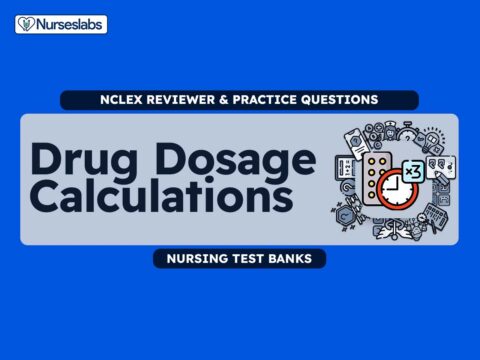


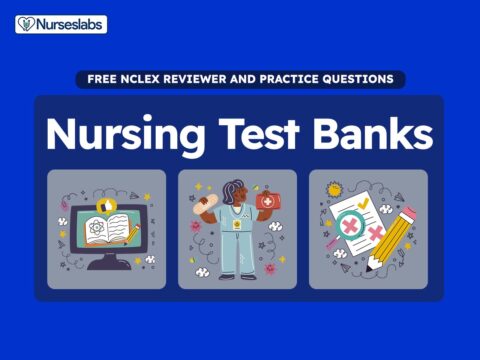

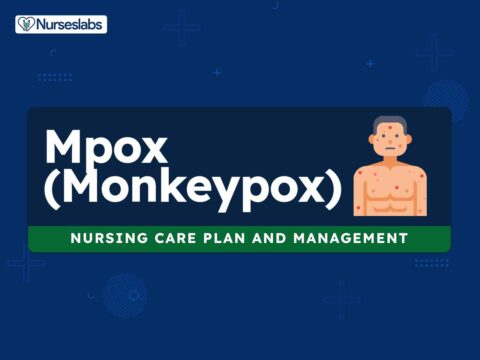


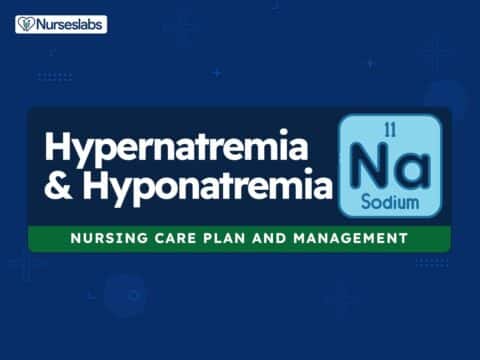


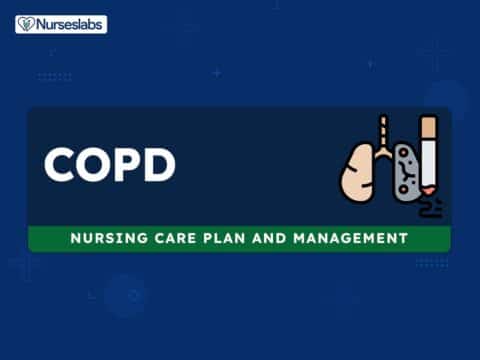
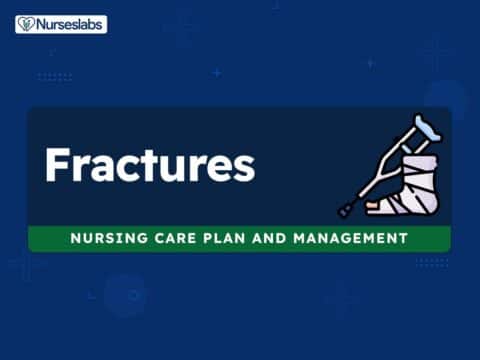
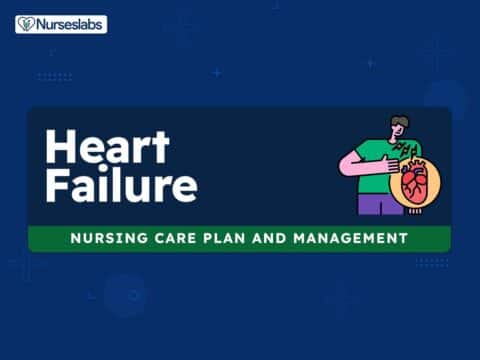
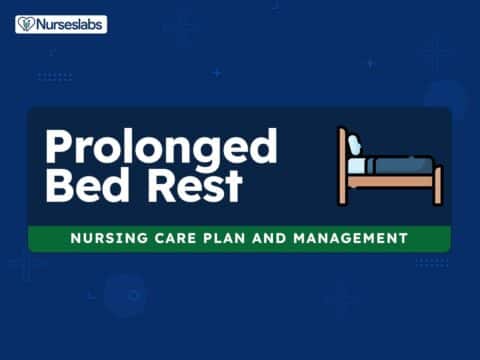
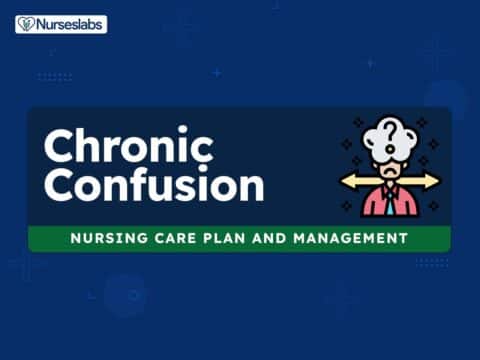
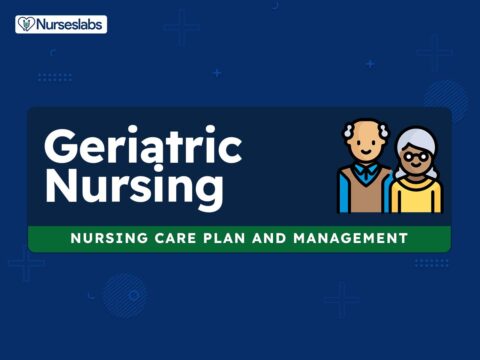
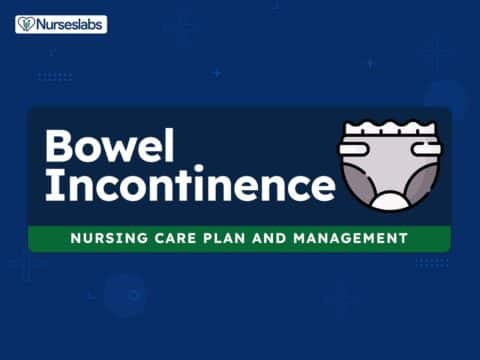
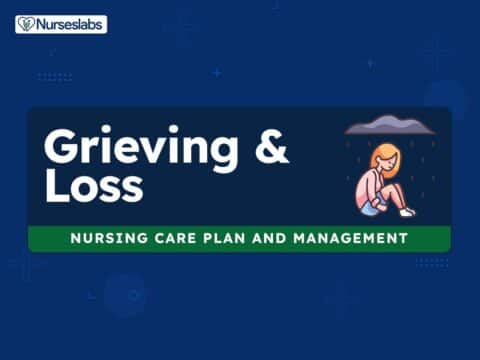
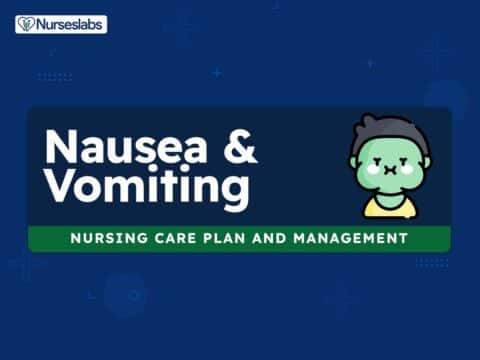
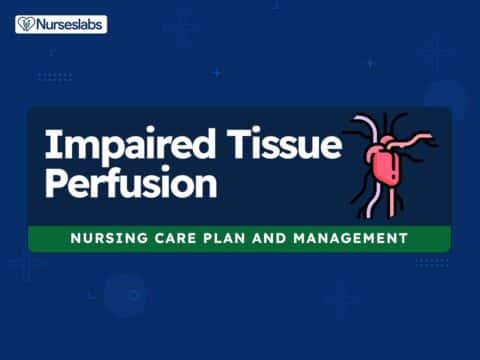

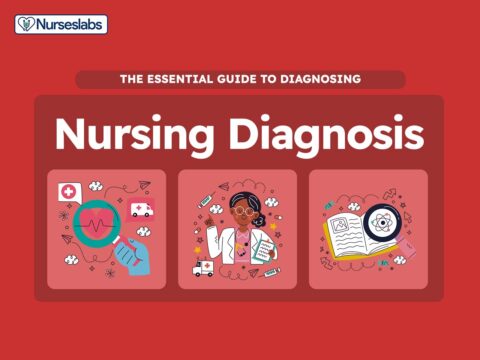
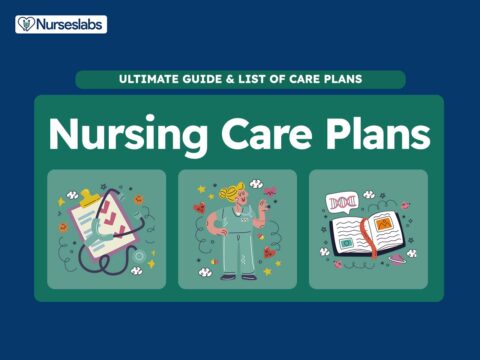
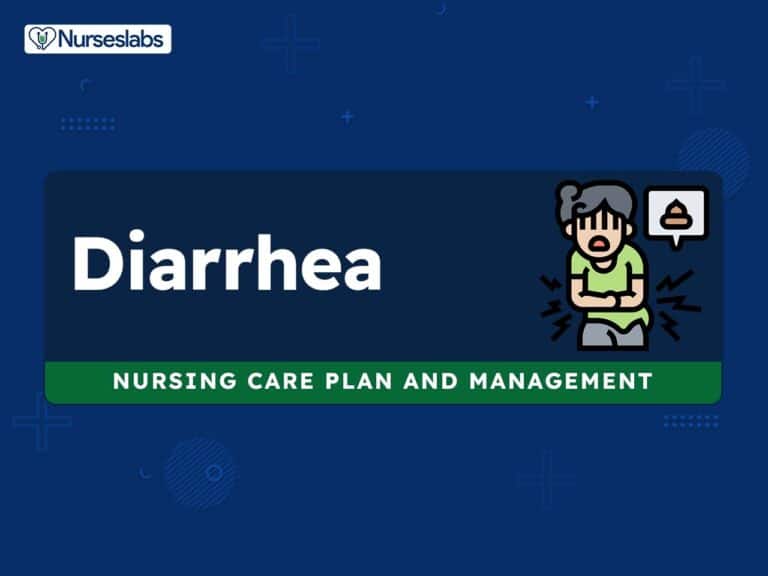
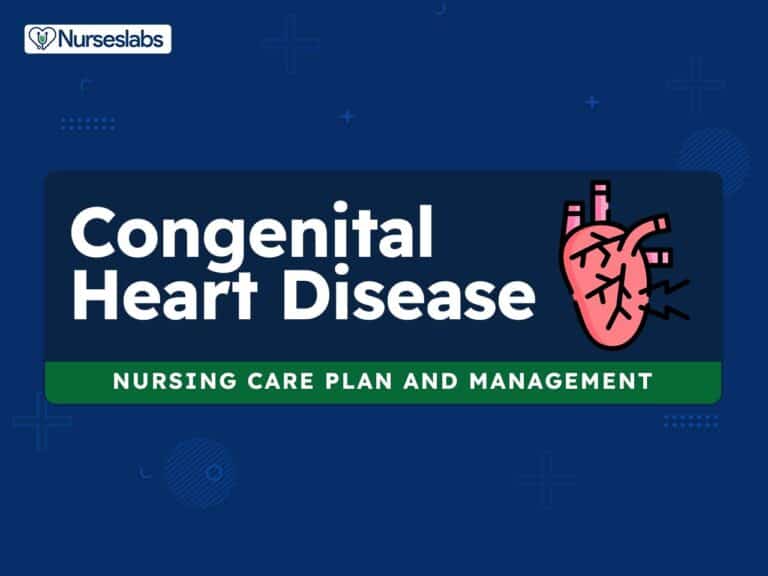


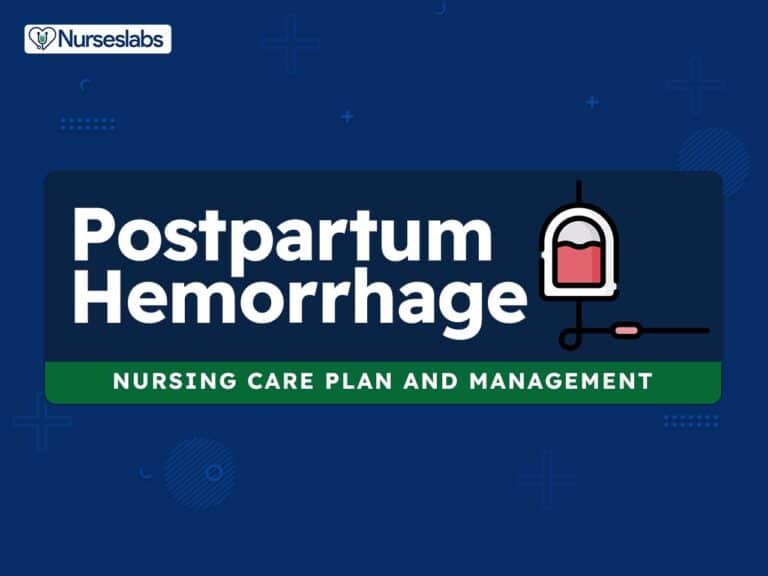
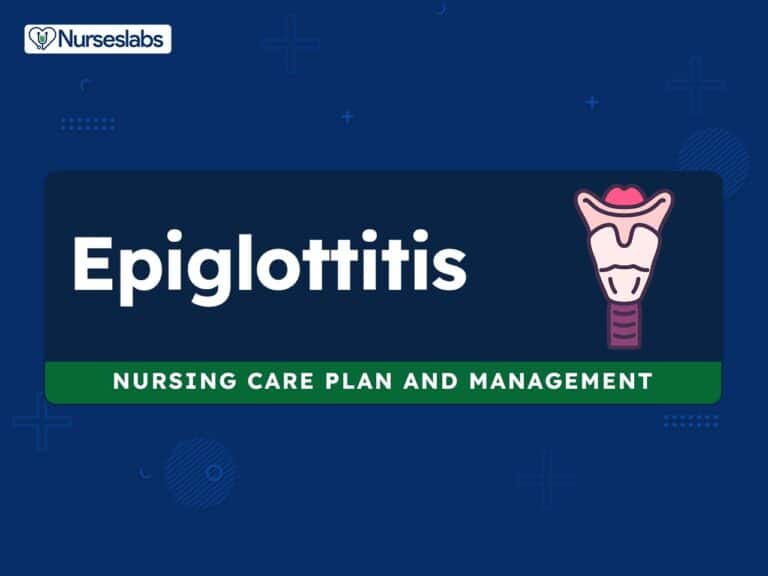
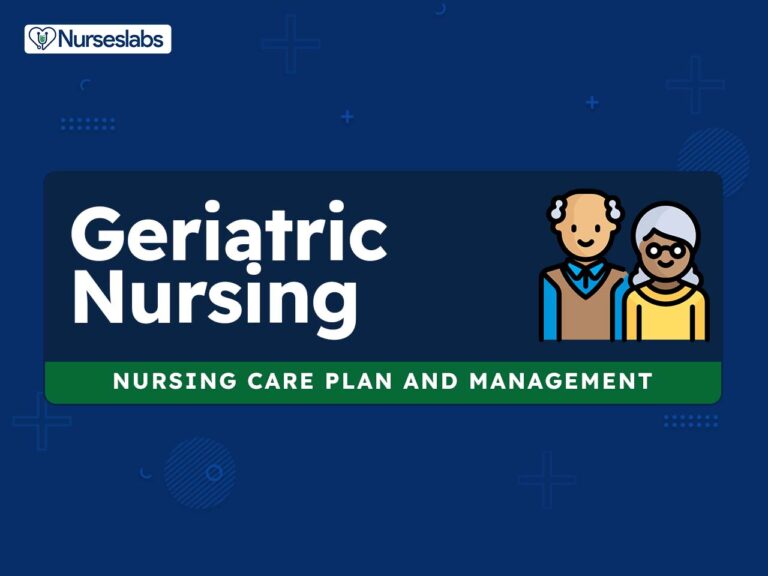
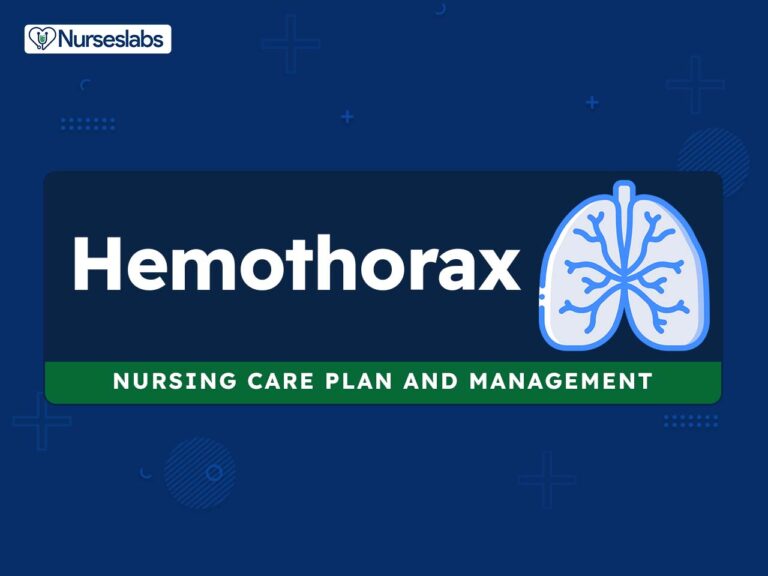
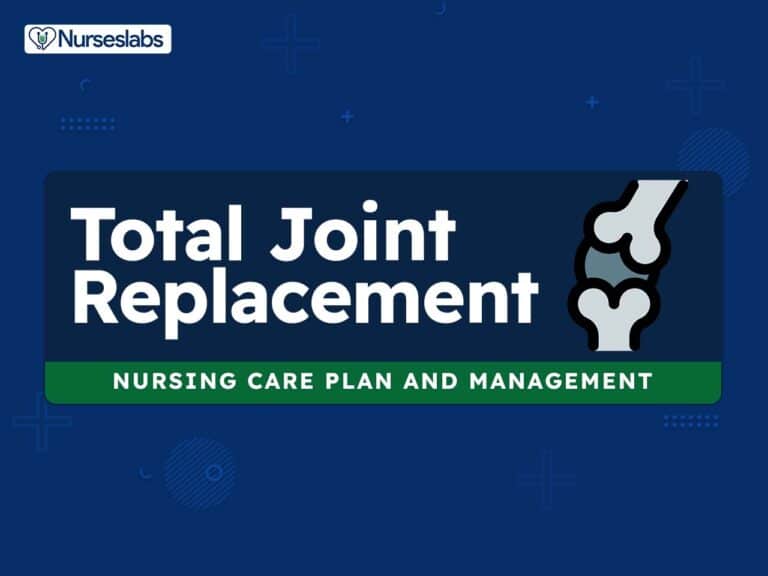
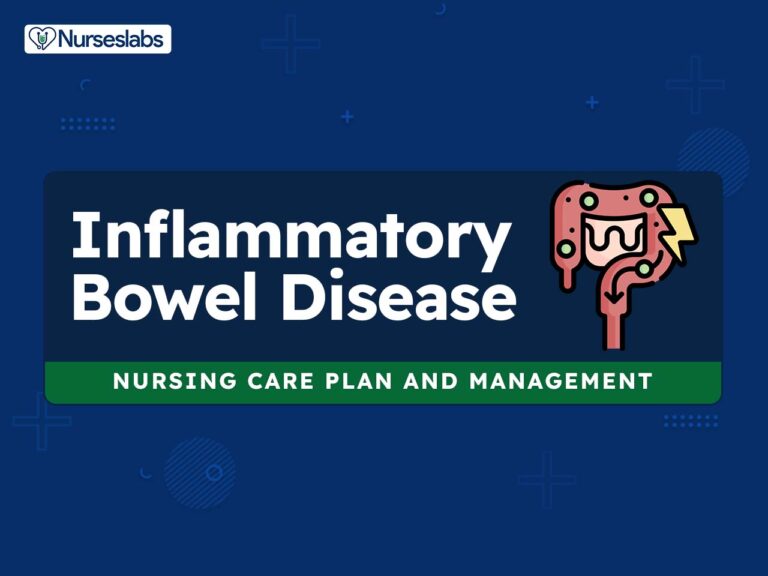

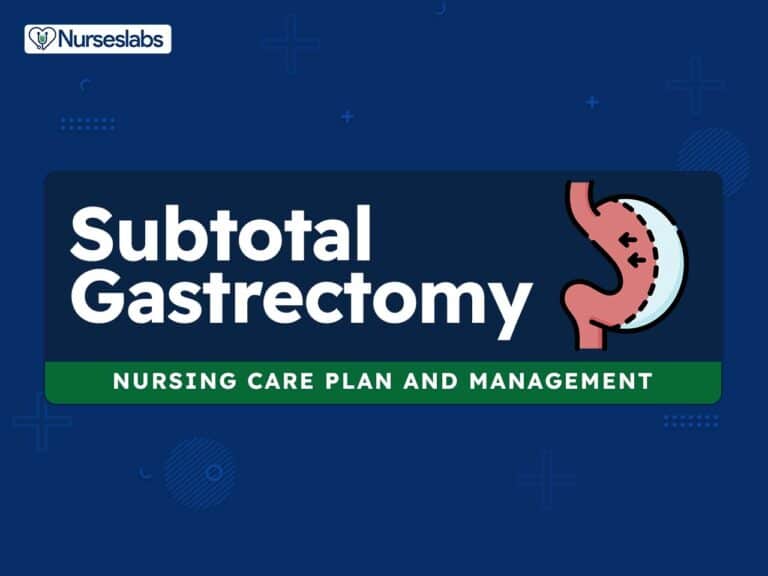
Leave a Comment